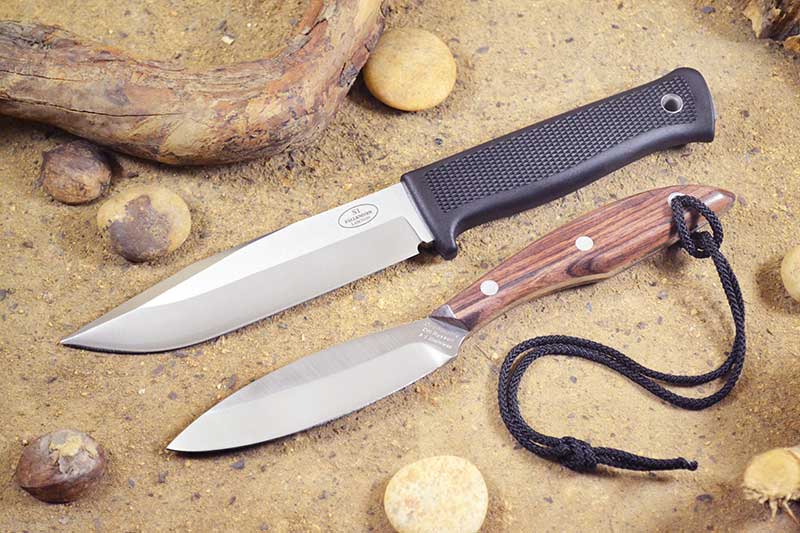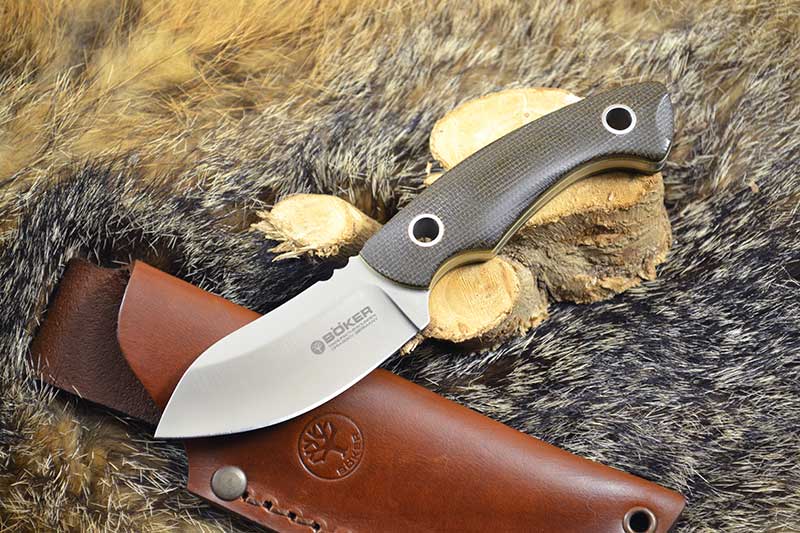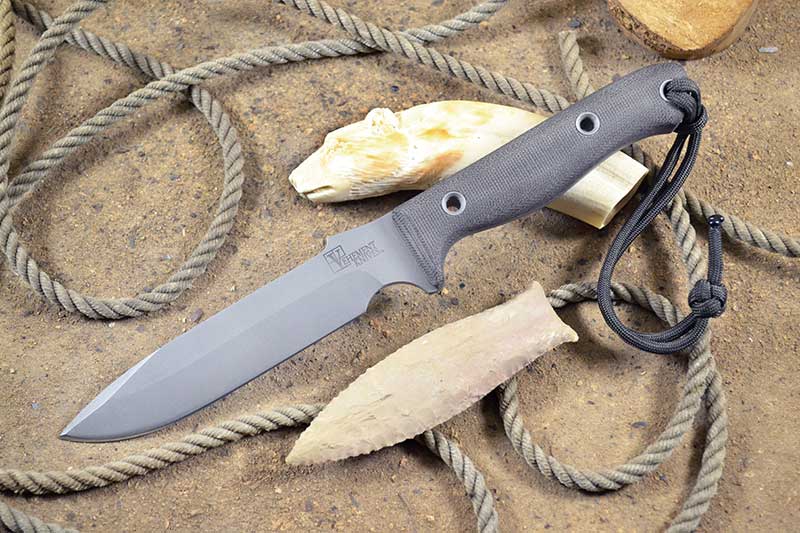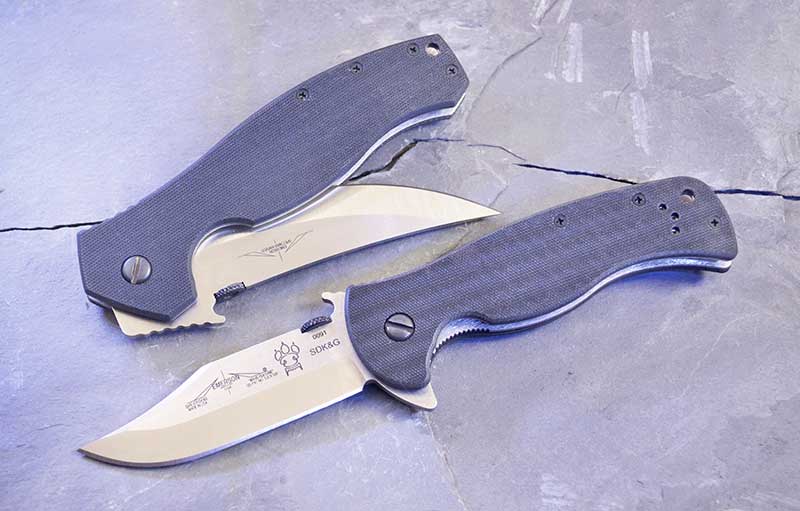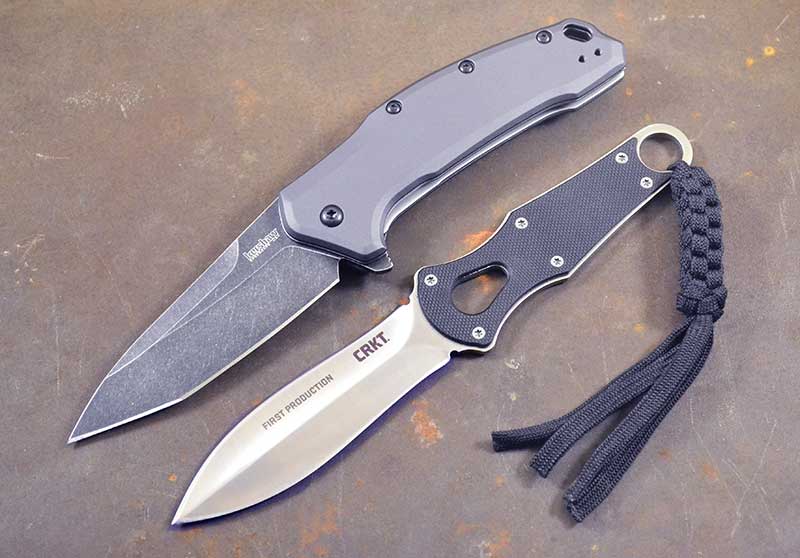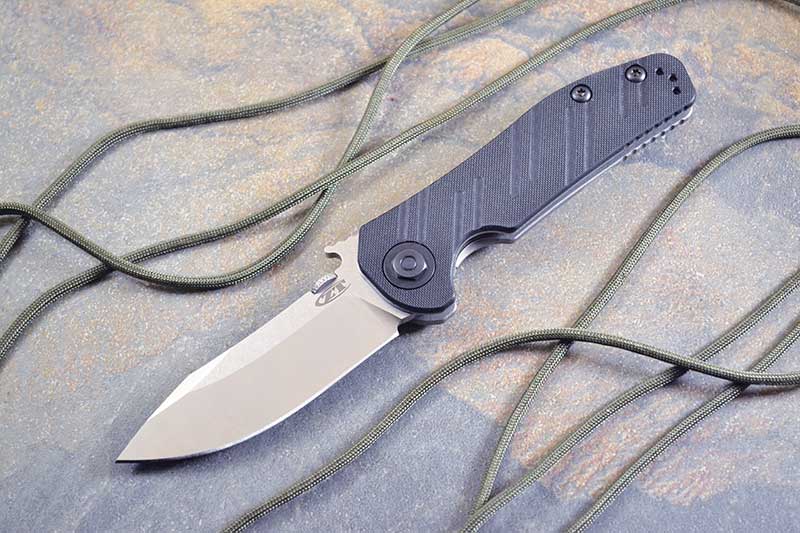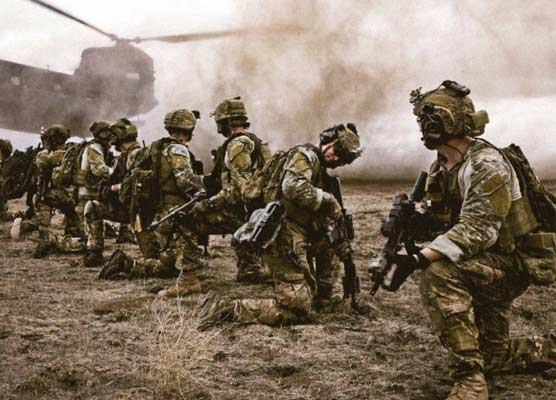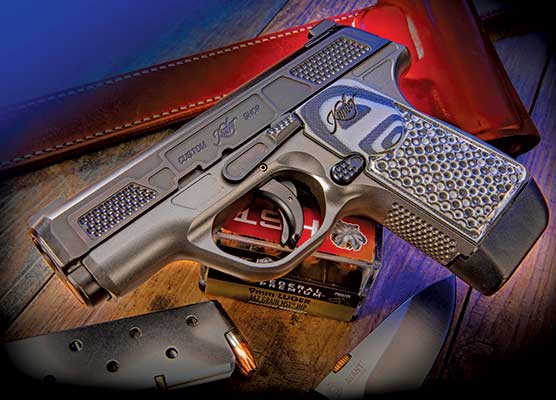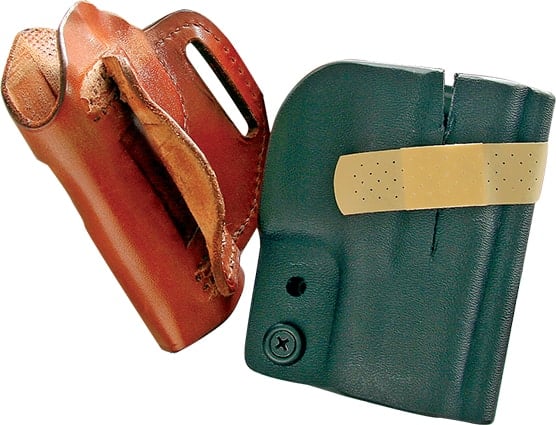Let's Cut To The Chase
Here's What You Need To Know About Blade Style And Grind
With so many to choose from, picking the right knife blade for the appropriate job can outright rattle your brain. The two most important aspects of choosing the right blade (other than steel type) are style and grind.
There’s a horde of blade styles out there — some better suited for certain tasks than others. The most popular for skinning are the Drop Point and Clip Point as they tend to ride on top of meat, organs and viscera as the hide is sliced away. The leaf-shaped “Canadian-style” blade also works well for skinning, as does its cousin, the bulbous Nessmuk.
Then there are working blades such as the straight-edge Sheepsfoot or Wharncliffe styles. Another is the shallow-beveled Scandinavian-style blade which typically has a “zero grind” with no secondary edge bevel (although there are modified versions with an edge bevel. This blade style — popular among bushcrafters — excels at cutting wood and filleting fish.
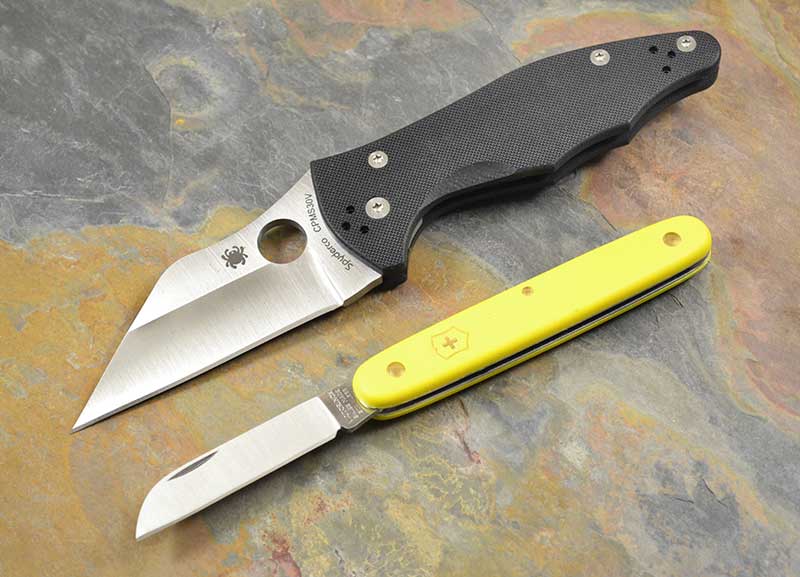
The Sheepsfoot, seen here on the Victorinox Florist at bottom, was originally
used for chores such as wire stripping and pruning. The Wharncliffe style, which
tends to have a longer slope toward the point, has made its way onto tactical knives
such as the Michael Janich-designed Spyderco Yojimbo at top.
Other blade styles are better suited for combat and/or self defense, such as the Dagger, Spear Point and Japanese Tanto. However, Michael Janich’s demonstrations with the Wharncliffe shows it to be very effective for combat as well. Upswept Trailing Point knives are referred to as “Persians” and “Turkish Clips,” depending on whether they are clipped or not — and these also make excellent fighting knives. Tactical knives suitable for field chores and combat are often referred to as “crossover cutters,” and these have been done up in virtually every blade style imaginable.
Blade grinds have a definite effect on cutting. Some are better for pure slicing while others are better for endurance. The hollow grind is concave, giving it a thinner edge excellent for slicing flesh. Full flat V-grinds offer better edge retention and, along with the short-beveled Scandinavian zero grind, are great for wood cutting chores. The saber grind (most often hollow ground) runs down the middle of the blade, splitting the difference between full and shallow grinds.
Keep in mind there are scads of variations and interpretations on these styles and grinds — some morphed from two styles. Never be surprised to see someone using a combat blade for utility purposes or a working blade as a self-defense carry. Knife users are every bit as diverse as blade styles, if not more!

Get More Carry Options content!
Sign up for the newsletter here:


